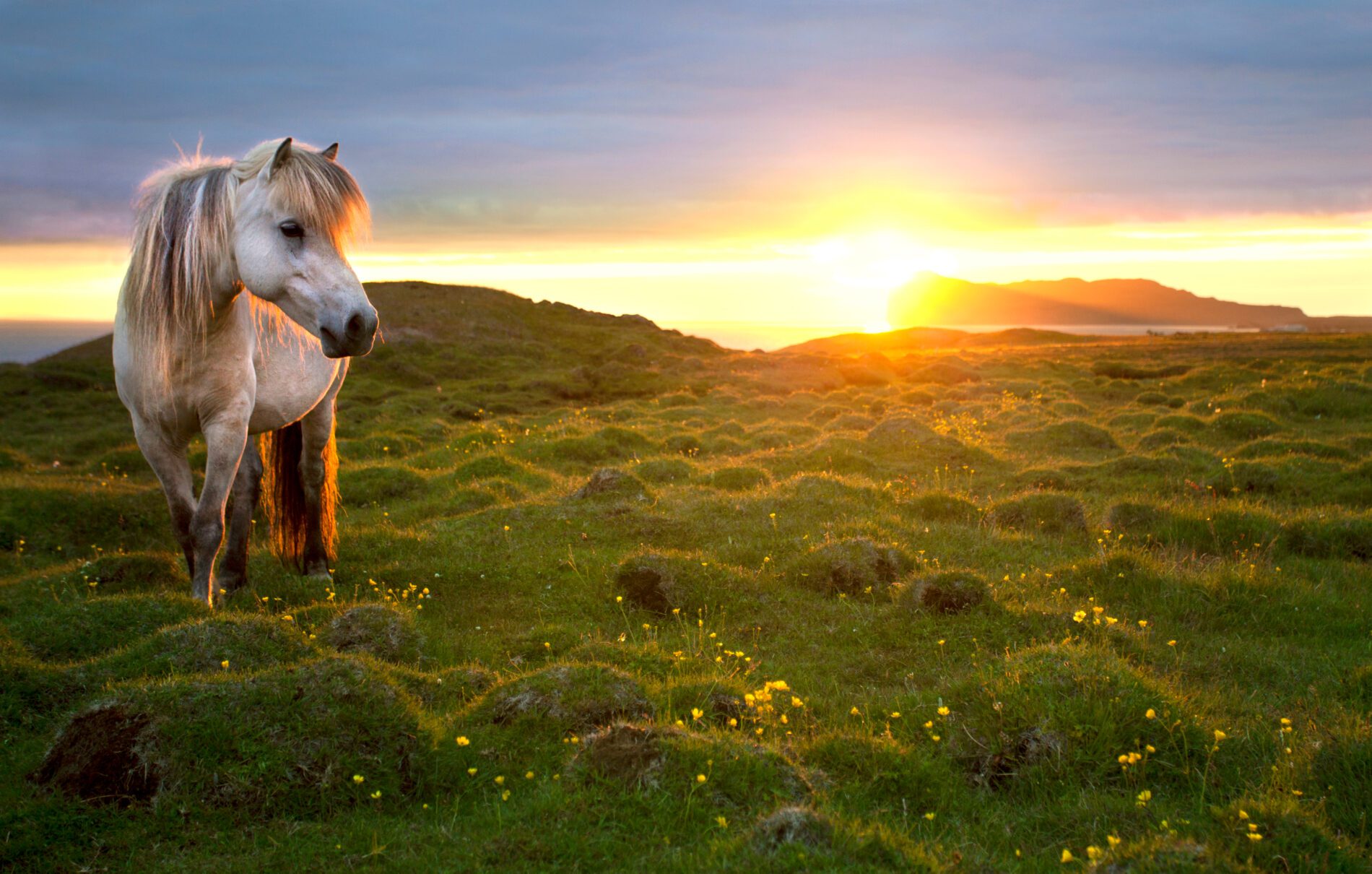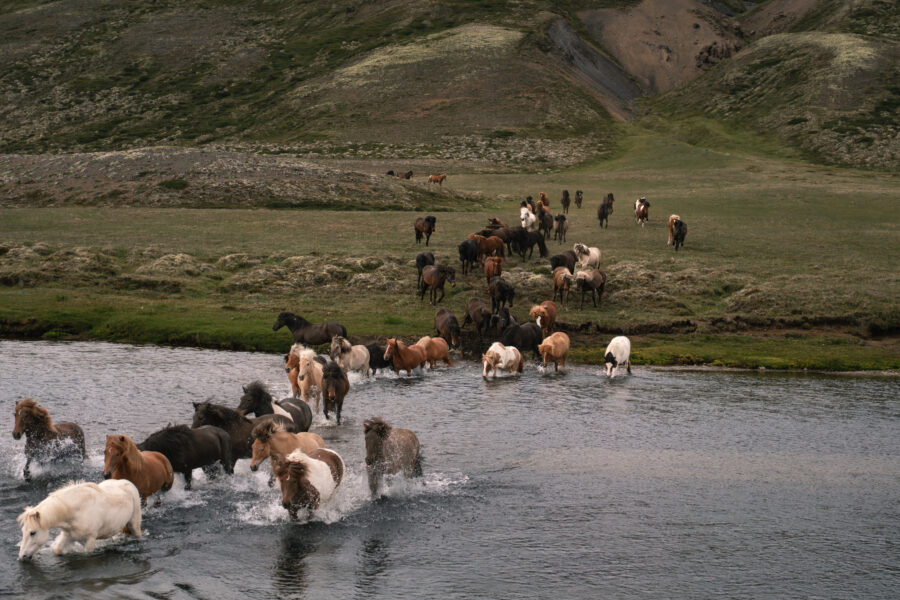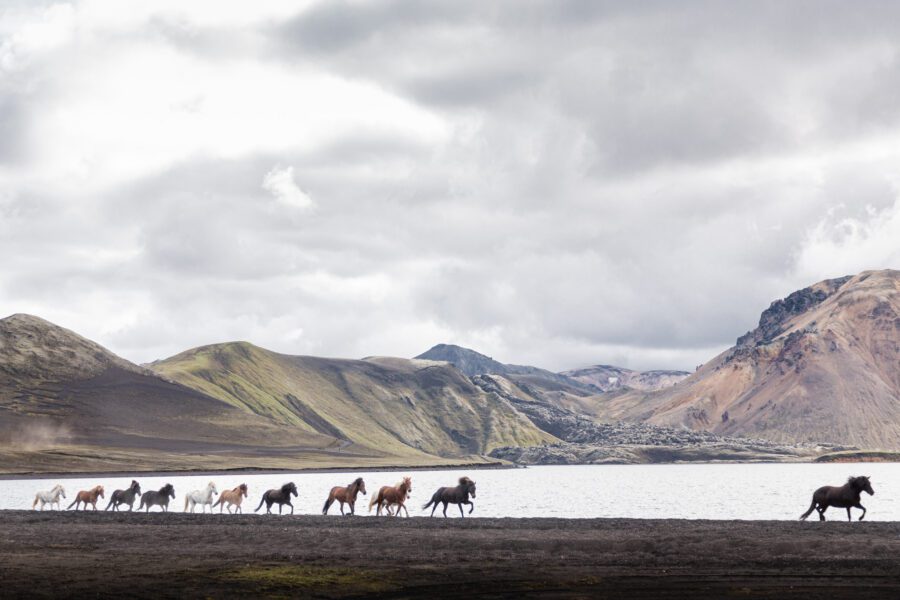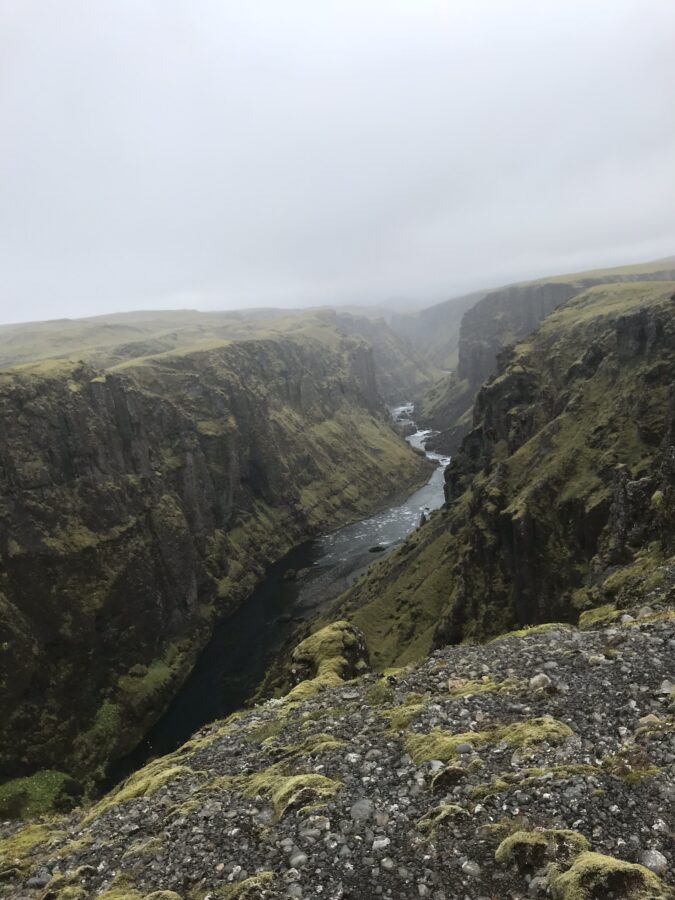
A Brief History
The Icelandic horse, with roots dating back over a thousand years, was brought to Iceland by the first Viking settlers in the 9th and 10th centuries, playing a crucial role in survival and societal development. Without these horses, survival in Iceland would have been improbable during the settling process. The breed’s isolation, a result of strict breeding regulations since its introduction, shields it from external influences and crossbreeding.
Isolation, rooted in the initial settlement by Norse Vikings, has preserved the Icelandic horse’s unique characteristics. The harsh climate, limited grazing, and rugged terrain have contributed to the evolution of a hardy and resilient horse. Strict regulations on horse importation and exportation further maintain breed purity, making the Icelandic horse one of the oldest and purest globally.
In modern times, continued efforts by the Icelandic government and breeders uphold strict regulations on horse import and export. This commitment to genetic integrity solidifies the Icelandic horse’s status as a resilient and pure breed. The breed’s isolation, historically and in the present day, remains a testament to its adaptability in one of Earth’s most challenging and isolated environments.
Unique Characteristics
Sturdy Build
Despite their smaller size, Icelandic horses are incredibly robust and sturdy, perfectly adapted to the challenging Icelandic terrain. While the Icelandic horse may be smaller in size compared to some other horse breeds, its sturdy build, combined with unique characteristics like distinctive gaits, make it a remarkable and adaptable companion. The size of the Icelandic horse is a testament to its evolution in the challenging and varied landscapes of Iceland, where strength, agility, and resilience are essential traits for survival.
Distinctive Gaits
One of the most remarkable features of the Icelandic horse is its unique gaits. In addition to the typical walk, trot, and canter, Icelandic horses are known for two additional gaits: the tölt and the flying pace. The tölt is a smooth, four-beat gait that provides a comfortable and steady ride, making it highly prized by riders. The flying pace, on the other hand, is a lightning-fast, two-beat lateral gait that can reach impressive speeds.
Versatility
Icelandic horses are incredibly versatile, excelling in various disciplines. The Icelandic horse’s versatility extends to riders of all levels and ages, thanks to its gentle temperament and unique gaits. Whether you’re a beginner seeking a stable and enjoyable experience or an experienced rider exploring the harsh environment in Iceland, the Icelandic horse adapts effortlessly. Families can also enjoy the calm demeanor and manageable size of these horses, making them an excellent choice for shared riding experiences.
Cultural Significance
The Icelandic horse is deeply ingrained in Icelandic culture and folklore. In Icelandic folklore, these horses are believed to have a unique connection with elves and hidden folk, serving as conduits between the human world and mystical realms. Legends tell of elves riding these horses, turning them into protective spirits with magical abilities, including healing powers. The tales highlight the intertwined destinies of humans, horses, and supernatural beings, adding enchantment to the cultural fabric of Iceland. The Icelandic horse, revered as more than a mere companion, embodies the enduring magic and wonder woven into the nation’s storytelling tradition.
The Icelandic horse is more than just a breed; it is a living embodiment of Iceland’s history, resilience, and the enduring connection between humans and animals. Whether you’re an avid equestrian or simply captivated by the allure of these majestic creatures, the Icelandic horse stands as a symbol of the indomitable spirit of Iceland and its people.


